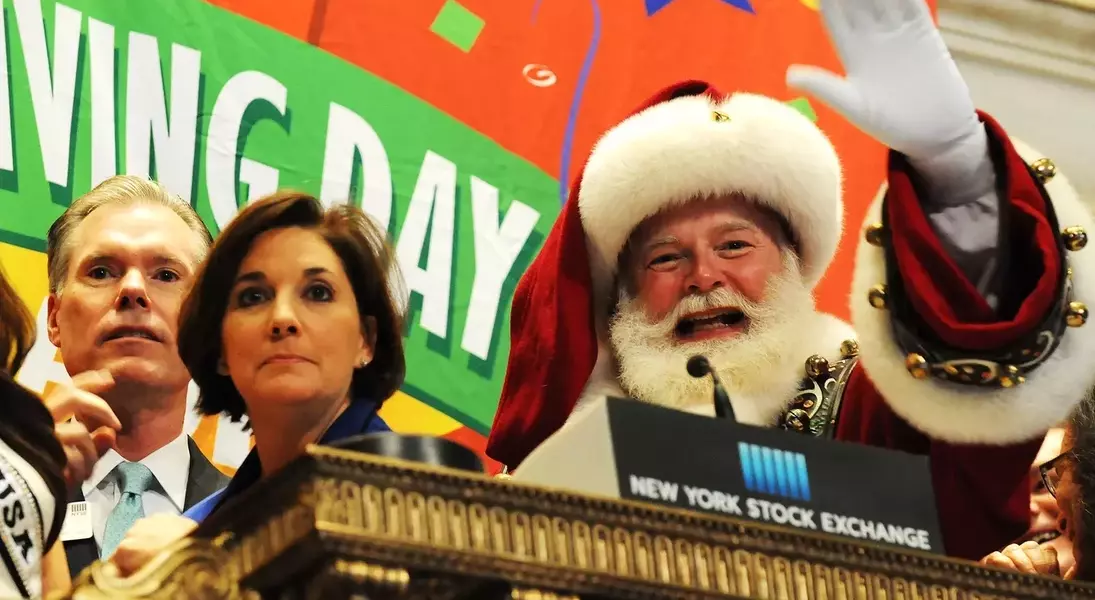
During Thanksgiving week, stock market activity often presents a unique scenario where slight gains are observed, primarily due to reduced trading volumes. Since the turn of the millennium, the Dow Jones Industrial Average has shown a positive trend in about 56% of Thanksgiving weeks, with the most significant advancements occurring on the Wednesday before the holiday and during the shortened trading session on Black Friday. The broader S&P 500 index mirrors this pattern, indicating positive movement roughly 60% of the time during the Tuesday-to-Friday period in Thanksgiving week since 1928. This phenomenon is largely attributed to a relaxed market atmosphere and anticipation of holiday consumerism.
Interestingly, Cyber Monday, the online shopping counterpart to Black Friday, often sees a slight dip in stock performance. Over the past quarter-century, the Dow has declined approximately two-thirds of the time on Cyber Monday, albeit with an average decrease of only 0.40%. This year, market sentiment is heavily influenced by consumer confidence, with projections from Adobe Analytics and the National Retail Federation (NRF) anticipating record-breaking holiday sales, potentially exceeding $1 trillion for the first time. Such optimistic spending forecasts could provide a significant boost to retail stocks. The U.S. stock market observes a full closure on Thanksgiving Day and operates on a half-day schedule on Black Friday, concluding at 1 p.m. Eastern Time.
Historically, the days immediately preceding and following Thanksgiving are marked by positive returns over 70% of the time, reflecting both the diminished trading activity and a generally buoyant market mood. This year, investors are closely monitoring whether this 'holiday effect' will persist amidst ongoing discussions about a potential AI bubble, concerns regarding the Federal Reserve's interest rate decisions in December, and varied economic indicators. Any significant market movements during this period could foreshadow the traditional 'Santa Claus rally' in December, a period when stocks historically rise about 80% of the time, fueled by heightened consumer spending and year-end portfolio adjustments.
This period of market activity around Thanksgiving offers more than just short-term trading opportunities; it provides a valuable litmus test for the underlying strength of consumer sentiment and the broader economic outlook. By carefully observing these trends, investors can gain insights into the prevailing mood of the market and prepare for future shifts, aligning their strategies with the dynamic currents of economic optimism and growth.
